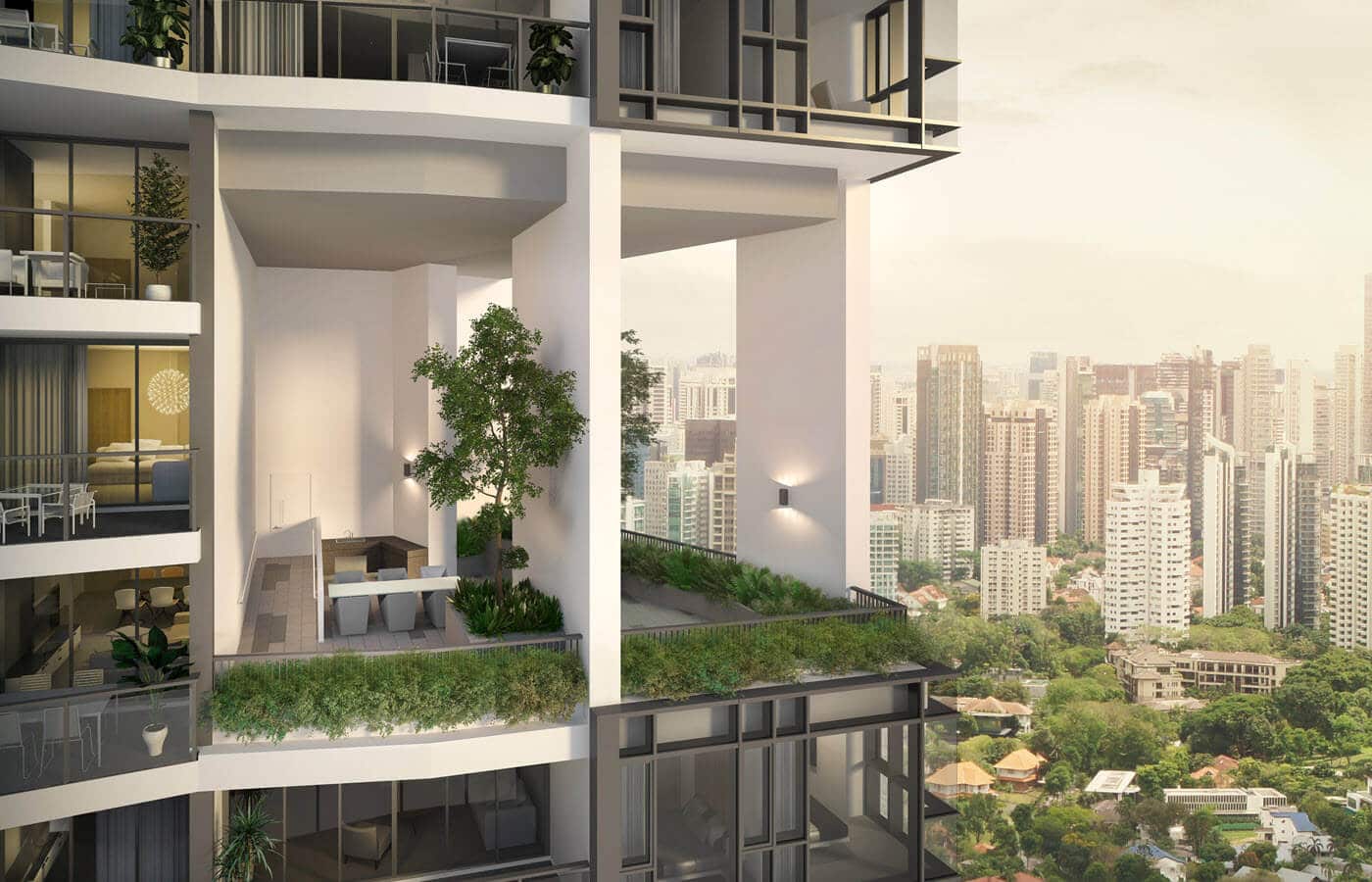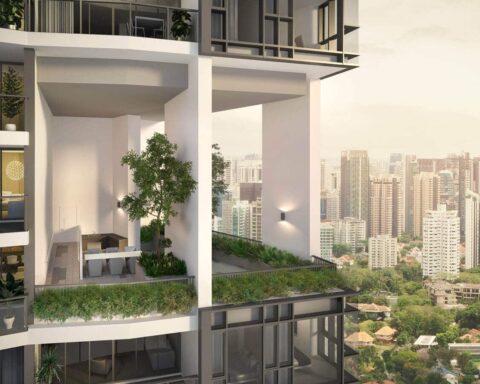The condominium market in Singapore has transformed into a showcase of modern living built around convenience, connectivity, and comfort.
New projects across the island blend practical layouts, wellness-focused features, and smart transport access, reflecting how Singaporeans now value lifestyle as much as location.
City access is about living where you can reach anywhere quickly, enjoy peace at home, and still feel part of the city’s rhythm.
The Shift Toward Connected Living
Urban living in Singapore has always been about proximity. With the island’s compact geography, connectivity has become an essential feature that developers integrate into every aspect of design.
Condominiums located along MRT lines or near major expressways consistently draw attention, not just from working professionals but also from families who want easy access to schools, malls, and recreational parks.
In tandem with the shift toward connected living, the development at Pinery Residences delivers direct linkage to the MRT and a built-in retail podium just steps from the doorstep.
Developers have responded by positioning new launches around transport corridors such as the Thomson-East Coast Line, Downtown Line, and upcoming Cross Island Line. The pattern is clear: homes that balance accessibility with modern amenities now define what “prime location” means.
Some recent residential clusters show how that plays out:
- District 15 (East Coast, Marine Parade): Popular for coastal proximity and direct access to the city via the East Coast Parkway (ECP).
- District 19 (Hougang, Serangoon): An emerging favorite with the North-East Line and expanding retail centers.
- District 21 (Upper Bukit Timah): Known for its greenery and straightforward Downtown Line access to the CBD.
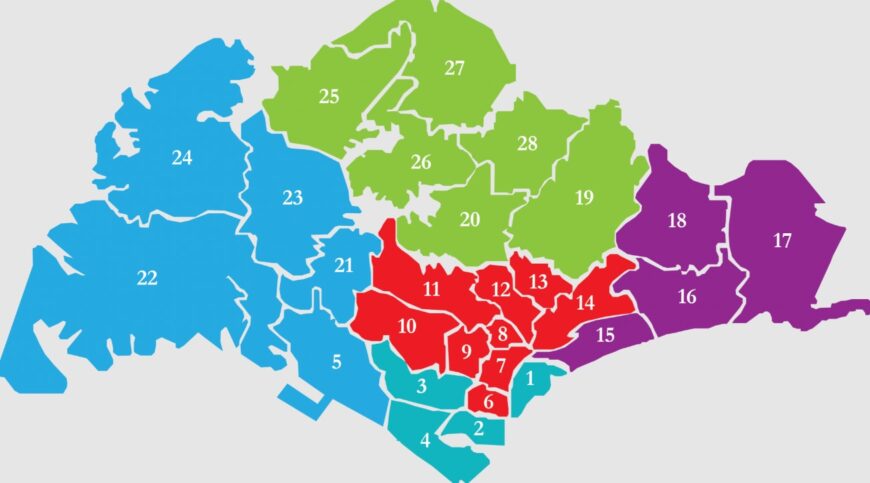
What Defines a Modern Condominium Today
Modern condominiums in Singapore no longer compete purely on square footage. They are designed around lifestyle flow, technology integration, and communal comfort.
Features once considered premium, like co-working lounges, 50-meter lap pools, and gym pods, are now standard inclusions.
A good example of these qualities in practice is Narra Residences, where smart-home systems, wellness-oriented amenities and transit-focused design are woven into the fabric of the development.
Core Features Buyers Expect
- Smart home systems: App-controlled lighting, temperature, and security.
- Health-oriented amenities: Yoga decks, wellness gardens, and saltwater pools.
- Sustainable design: Solar-assisted water heating, rainwater collection systems, and energy-efficient glazing.
- Community spaces: BBQ pavilions, kids’ play zones, reading corners, and pet parks.
- Transit convenience: Shuttle links or direct walking access to MRT stations.
A condominium today functions less as a private apartment and more as a small ecosystem that supports work, leisure, and family life without needing to step far outside its gates.
Locations That Offer the Best City Access
Singapore’s transport system ties every neighborhood together, but some districts have stronger appeal because of their direct routes to core employment zones and lifestyle hubs.
Central Region (Districts 9, 10, 11)
Home to the traditional “golden triangle” of Orchard, Newton, and River Valley, this area remains the benchmark for convenience and prestige.
Residents enjoy immediate access to Orchard Road malls, Newton Food Centre, and quick rides to Marina Bay via the Downtown or North-South Lines.
Typical developments here feature:
- Concierge services and exclusive sky lounges
- Basement parking with EV charging bays
- Walking distance to top international schools
Eastern Region (Districts 14–16)
Districts like Paya Lebar, Katong, and East Coast attract professionals who prefer a relaxed pace without sacrificing accessibility.
With the Thomson-East Coast Line connecting seamlessly to Marina Bay and Orchard, travel times have tightened across the city.
The East’s appeal lies in its blend of coastal leisure and city proximity. Condo residents often enjoy:
- Sea-view balconies
- Cycling access to East Coast Park
- Cafés and heritage dining in Katong
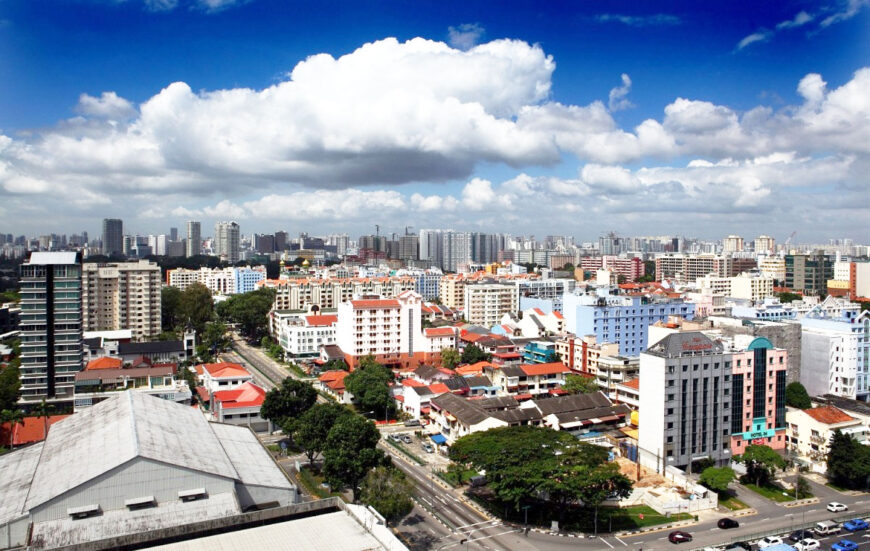
Western Region (Districts 21–23)
Areas like Bukit Timah, Clementi, and Hillview combine green surroundings with convenient access to the Downtown Line and PIE expressway. They appeal strongly to families and nature enthusiasts who value both space and connectivity.
Common features in West-end condominiums include:
- Nature-facing pools and elevated clubhouses
- Nearby international schools and tertiary institutions
- Access to rail corridors for cycling or jogging
Northern Region (Districts 25–27)
Woodlands and Yishun are evolving into self-sufficient hubs with retail centers, medical facilities, and the upcoming Cross Island Line linking them directly to the East. Buyers looking for larger units and affordability without losing accessibility often turn here.
|
Region |
Notable MRT Lines |
Typical Travel Time to CBD |
Lifestyle Appeal |
| Central | North-South, Downtown | 10–15 mins | Luxury retail, business core |
| East | Thomson-East Coast | 20–25 mins | Coastal leisure, heritage dining |
| West | Downtown, East-West | 25–30 mins | Greenery, education hubs |
| North | North-South, Cross Island (upcoming) | 30–35 mins | Spacious layouts, affordability |
How Condominiums Support Family and Community Life
Beyond physical amenities, social design has become a major factor. Developers recognize that creating spaces for human connection keeps a community vibrant.
Condominiums now include activity decks, libraries, mini amphitheaters, and event lawns for residents to gather.
Common family-oriented design elements:
- Shallow pools with shaded play areas for children.
- Pet-friendly zones that promote interaction.
- Garden paths for evening walks or cycling.
- Indoor clubhouses for birthdays and group activities.
Developments located near reputable schools like Anglo-Chinese School (Barker), Dunman High, or Nanyang Girls’ High also hold particular value for long-term buyers.
How to Evaluate a Condominium for Access and Livability
When assessing projects, buyers should look beyond glossy brochures. A few specific checks can make the difference between a good purchase and a long-term asset.
Key Evaluation Points
- Walking distance (under 10 minutes) to the nearest MRT station.
- Direct road links to expressways like PIE, CTE, or ECP.
- Access to key lifestyle nodes: parks, malls, and dining clusters.
- Noise levels from major roads or construction zones.
- Layout orientation for natural ventilation and light.
For investors, proximity to growth corridors such as Jurong Lake District, Punggol Digital District, or upcoming Changi redevelopment zones provides added potential.
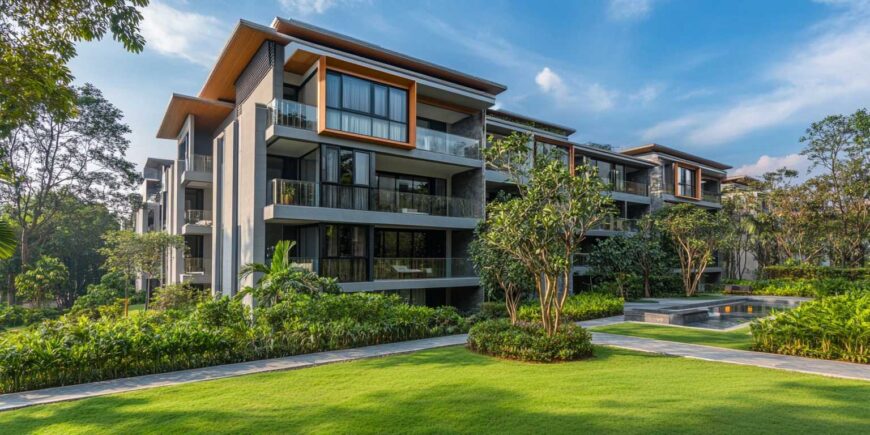
The Future of City Access Living in Singapore
Urban planning in Singapore continues to move toward polycentric development: multiple self-contained centers where residents live, work, and play locally.
Future condominiums will likely reinforce this pattern, becoming micro-communities connected through green mobility corridors and smart transport systems.
Expect more integration of:
- Autonomous shuttle services within residential zones.
- On-site parcel drones or smart lockers for last-mile delivery.
- Biophilic design that merges nature with built spaces.
- Enhanced acoustic and thermal insulation for urban comfort.
City access, in essence, will mean freedom to move, connect, and live efficiently rather than simply being close to downtown.
Summary
Modern condominiums across Singapore are frameworks for how city life functions in a compact, connected nation. The best developments today emphasize seamless mobility, environmental consciousness, and a lifestyle that feels both private and integrated.
Whether along the East Coast, near Bukit Timah’s greenery, or in the upcoming Northern hubs, each project shares the same principle: access defines value.
Living well in Singapore now means living smartly connected. The city’s future lies not in taller towers, but in how those towers connect people, transport, and time itself into one continuous flow of urban life.

